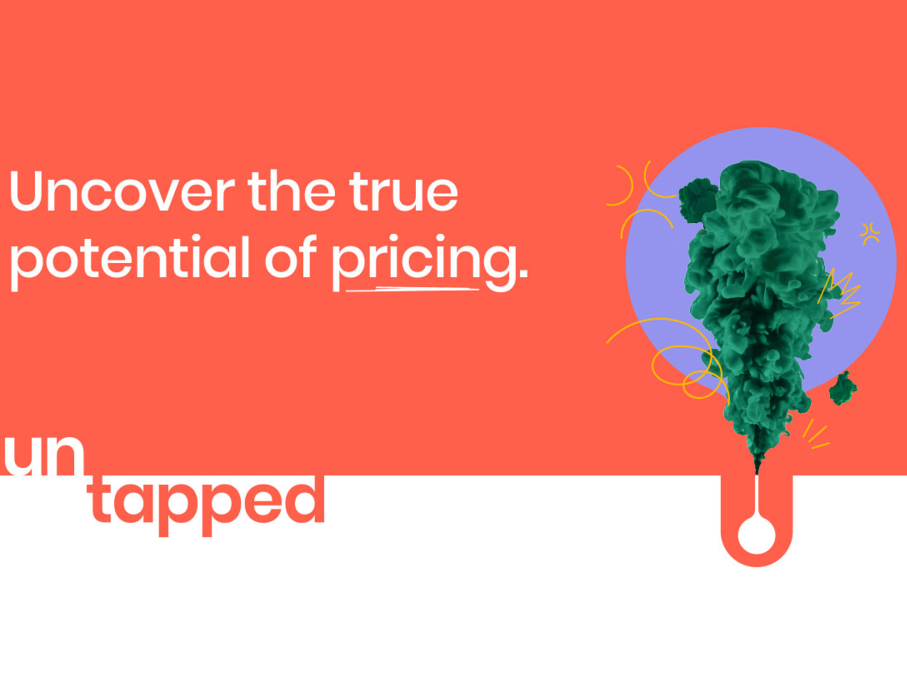
Be sure that you aren’t making these common mistakes when it comes to your pricing strategy:
1. Being too quick to drop your prices: Price is just one of many factors a customer considers when making their buying decision. Slashing prices can de-value your product and erode your margin without necessarily boosting sales.
2. Underestimating your costs: Tracking your fixed and variable costs will ensure you’re not unknowingly out of pocket when pricing your services.
3. Not prioritizing your pricing: Don’t underestimate the role of pricing in your business. Even small changes and simple price experiments can have a transformational impact on your business.
4. Taking a one-size-fits-all approach: Using different pricing strategies for different services or audiences can be a powerful mechanism to boost sales and profitability.
5. Being overly led by the competition: Knowing what competitors charge is a useful reference but try not to let it dictate your pricing decisions. If you expect customers to be shopping around, use packaged options or introduce new services to make it harder to compare with the competition.
6. Being Unclear: Ensure that your pricing could be understood by anyone. Don’t use jargon or acronyms and lay out pricing information as clearly as possible.
7. Not understanding value: Being able to evaluate and articulate the benefits of what you offer is an essential step to effective pricing and also pays dividends in your marketing, customer service and product development.
8. Neglecting your pricing: Your prices need to be revisited regularly as part of the operating rhythm in your business. Your costs, customers, product and competition are all constantly evolving so your pricing needs to evolve as well.
9. Guessing how much customers will be willing to pay: Making assumptions about your customer’s ability and willingness to pay is rarely accurate. Speak to your customers to get a better grasp of their motivations and what they value about your service. Ask carefully worded, open questions to understand willingness to pay.
10. Apologetic pricing: Reciprocity is at the heart of any purchase as you’re swapping things for mutual benefit. You have something to offer that others find valuable so be clear about what you want in return and get comfortable asking for it.






